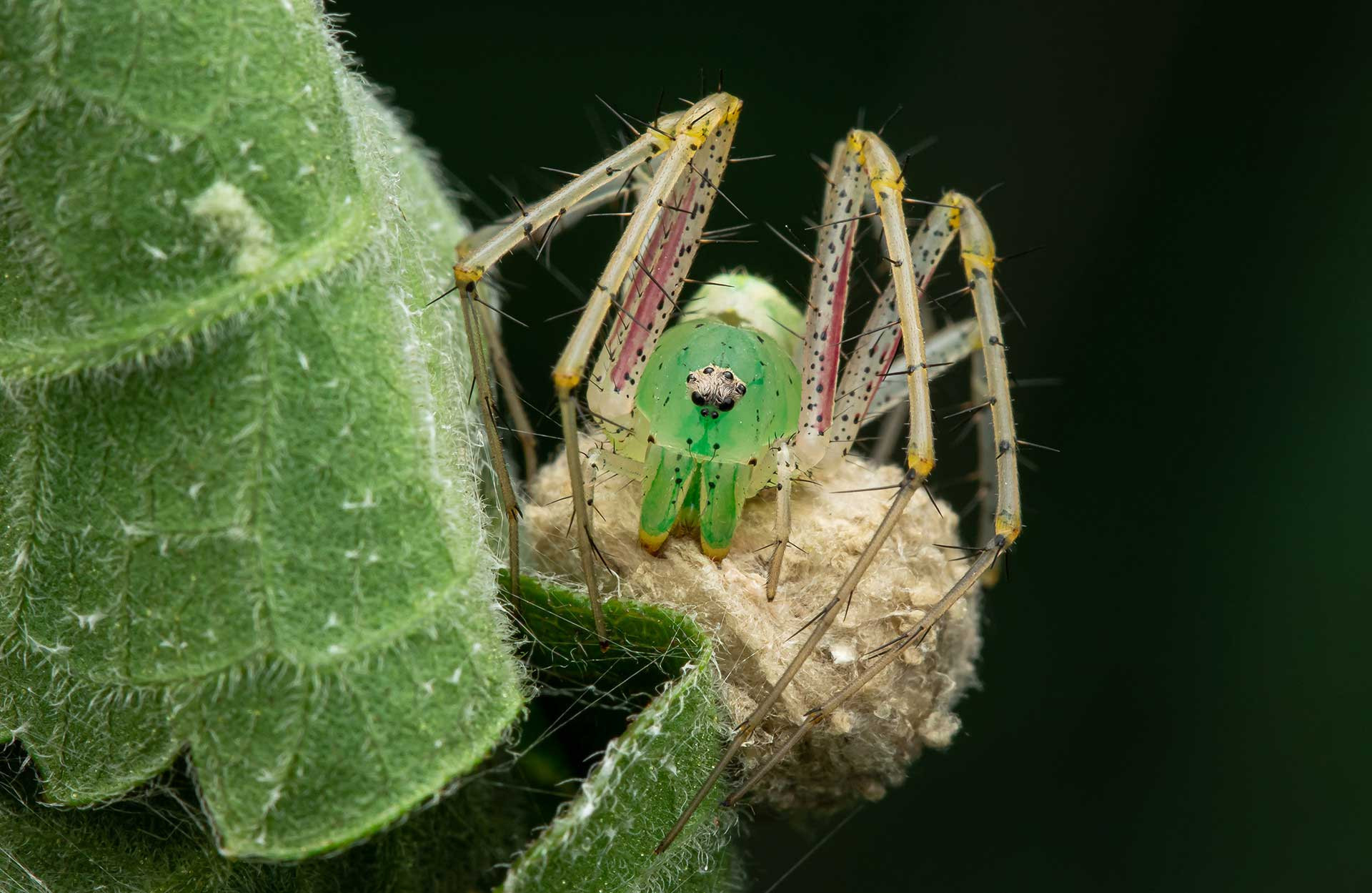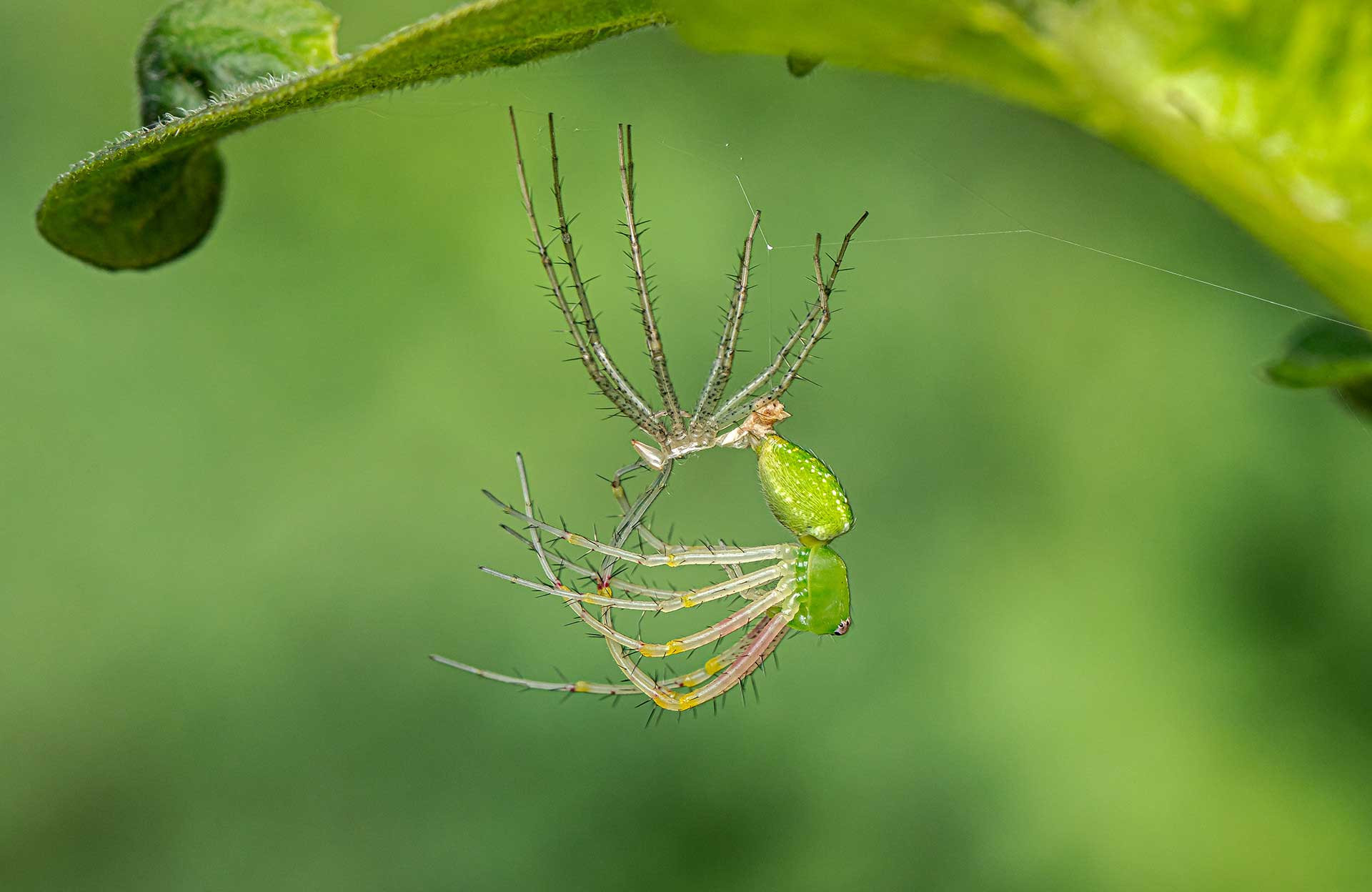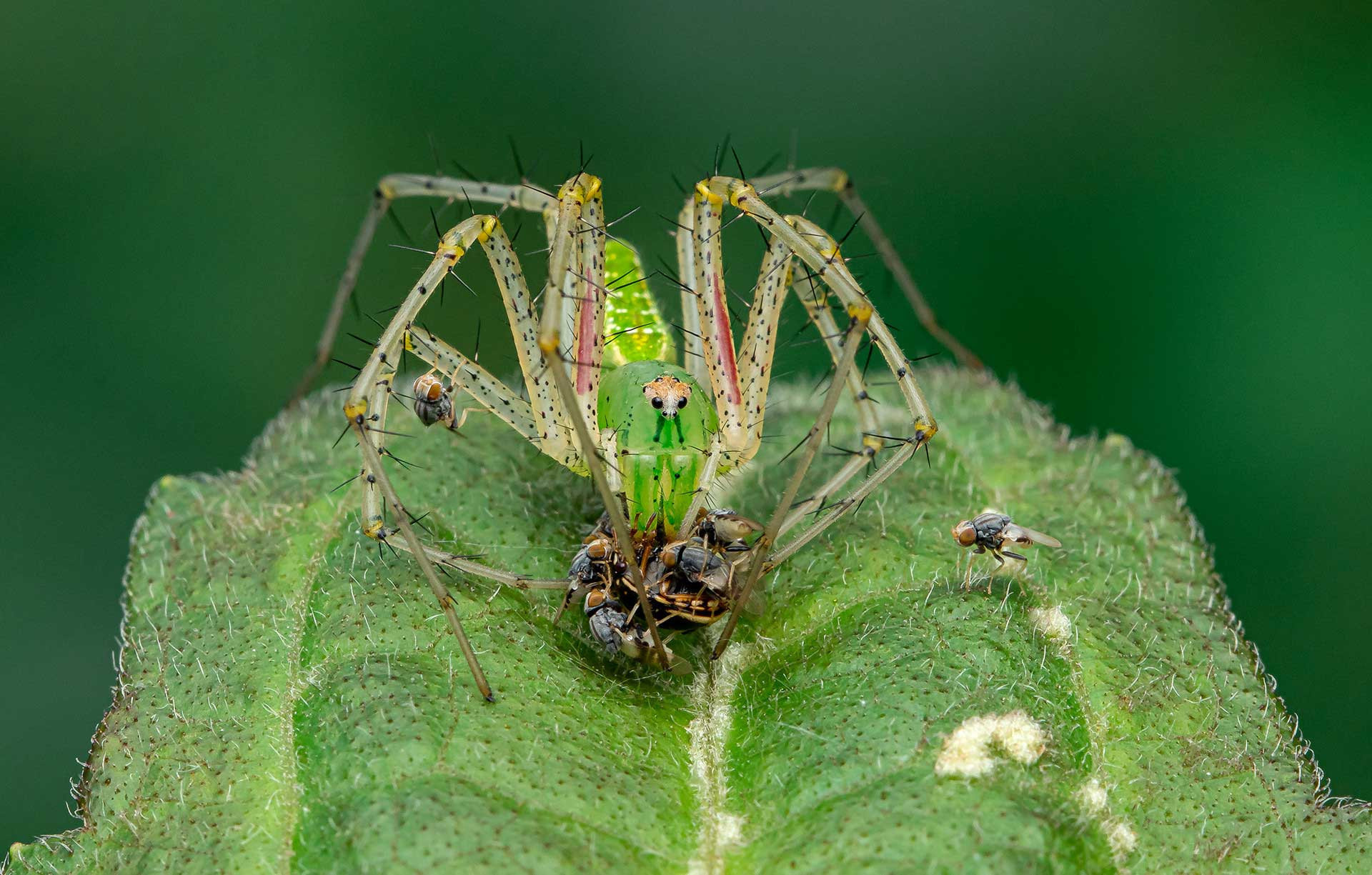The largest order of arachnids, spiders rank seventh in terms of total species diversity among all other orders. There are more than 45,000 known species of spiders found in habitats all over the world. When I first started photographing these eight-eyed, eight-legged creatures, my first encounter was with a Green Lynx Spider (Peucetia sp.). This collection of images and observations has been curated over the years, and documents the complete life cycle of this common yet understudied species. These observations might seem simple, but unlike other animals, recording and observing spiders is by no means an easy task. It took me five years to put this together!
You may also like to read














